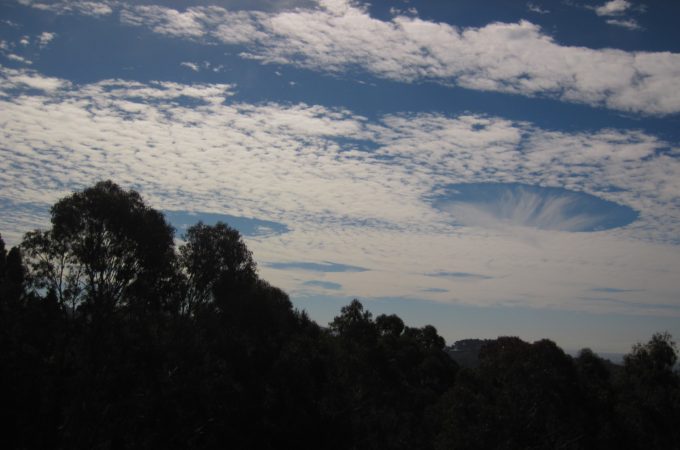
The debates between Thomas Hobbes, author of Leviathan, and Robert Boyle, inventor of the air pump, were some of the first challenges of institutionalized science (called ‘natural philosophy’ at the time). Boyle and the Royal Society won one of the most decisive victories in the history of philosophy. Hobbes is still remembered as a political and moral philosopher, but his natural philosophy was completely rejected and forgotten. Hobbes’s arguments had not even been translated out of Latin before 1985.
Shapin & Schaffer decided to take Hobbes’s side of the debate. They pretend impartially in the introduction, but consistently favor Hobbes in the text, and the last sentence of the conclusion is “Hobbes was right.”
Why should we care about the losing side of an old debate about natural philosophy?
It is interesting to see what challenges science faced in its early days and what it defined itself in opposition to. We can use these debates to help understand science and its role in society today.
Why shouldn’t we just read Hobbes directly then?
When you read only a few great authors of the past, you get a distorted view of intellectual history. It looks like there were only a few sides of the debates. Modern scholars have read much more than you could in their eras of expertise. I might have read Hobbes and Boyle, but not Torricelli or Linus or More. By reading modern scholarship, you can see how much more complex and sophisticated the debates were.










